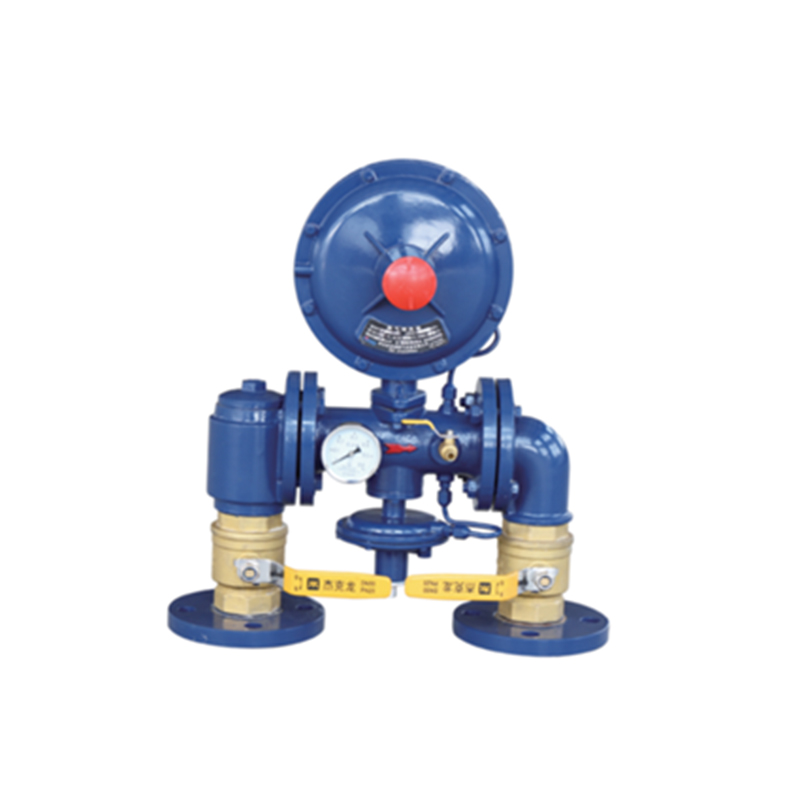
Aug . 01, 2024 00:54
Back to list
Understanding the Functionality and Applications of Pneumatic Valves in Industrial Systems
Understanding Pneumatic Valves Functions and Applications
Pneumatic valves are integral components in a wide range of industrial applications, particularly in the automation and control of pneumatic systems. These valves regulate the flow and direction of compressed air, enabling a variety of functions such as actuation, control, and system protection. This article delves into the fundamental aspects of pneumatic valves, their types, functions, and applications.
What Are Pneumatic Valves?
Pneumatic valves are devices that control the flow of air within a pneumatic system. They consist of various components, including the valve body, actuator, and control mechanism, which work together to direct air into and out of actuators, cylinders, and tools. The main objective of pneumatic valves is to ensure that the correct amount of air is delivered to the right place at the right time, maintaining the efficiency and functionality of the entire system.
Types of Pneumatic Valves
There are several types of pneumatic valves, each designed to serve specific functions. Some of the most common types include
1. Solenoid Valves These are electrically operated valves that use electromagnetic coils to open and close the valve. They are widely used for remote operation and can handle various flow rates and pressures.
2. Manual Valves As the name suggests, these valves are operated manually using levers or knobs. They are often used in applications where automated control is not necessary.
3. Pressure Relief Valves These valves are crucial for protecting systems from overpressure conditions. They automatically vent excess pressure, preventing damage to pneumatic equipment.
4. Flow Control Valves These valves maintain a consistent flow rate in pneumatic systems. They can be adjusted to regulate speed in actuators and other devices.
5. Diverter Valves Used for switching airflow between two different outputs, diverter valves are essential in systems that require the control of multiple pneumatic circuits.
Functionality of Pneumatic Valves
The functionality of pneumatic valves can be summarized in several key roles
pneumatic valve

- Directional Control Pneumatic valves direct airflow to specific parts of a machine, enabling precise movements. For instance, in a pneumatic cylinder, the flow direction determines whether the cylinder extends or retracts.
- Flow Regulation By adjusting the opening of a valve, the flow rate of compressed air can be controlled, affecting the speed of pneumatic actuators and tools.
- Safety Management Pressure relief valves play a critical role in maintaining safety in a pneumatic system by preventing overpressure situations that could lead to catastrophic failure.
- Automation With the integration of solenoid valves and other automatic controls, pneumatic systems can be fully automated, improving efficiency and reducing the need for manual intervention.
Applications of Pneumatic Valves
Pneumatic valves find applications across various industries, including
- Manufacturing In automation and assembly lines, pneumatic valves control air-powered tools and robots, enhancing production efficiency.
- Transportation Pneumatic systems in vehicles utilize valves for braking systems and suspension controls.
- Food and Beverage Pneumatic valves are used in bottling and packaging machinery to control the movement of products and air.
- Healthcare In medical devices, pneumatic valves control the delivery of gases and fluids safely and efficiently.
Conclusion
Pneumatic valves are essential for the efficient functioning of pneumatic systems across multiple industries. Their ability to control airflow and pressure ensures that machines operate smoothly and safely. With advancements in technology, the role of pneumatic valves continues to evolve, enhancing automation and improving operational efficiencies in various applications. Understanding the types and functions of pneumatic valves allows engineers and technicians to optimize their designs and maintenance practices, ensuring reliable performance in their respective fields.
Latest news
-
Safety Valve Spring-Loaded Design Overpressure ProtectionNewsJul.25,2025
-
Precision Voltage Regulator AC5 Accuracy Grade PerformanceNewsJul.25,2025
-
Natural Gas Pressure Regulating Skid Industrial Pipeline ApplicationsNewsJul.25,2025
-
Natural Gas Filter Stainless Steel Mesh Element DesignNewsJul.25,2025
-
Gas Pressure Regulator Valve Direct-Acting Spring-Loaded DesignNewsJul.25,2025
-
Decompression Equipment Multi-Stage Heat Exchange System DesignNewsJul.25,2025

